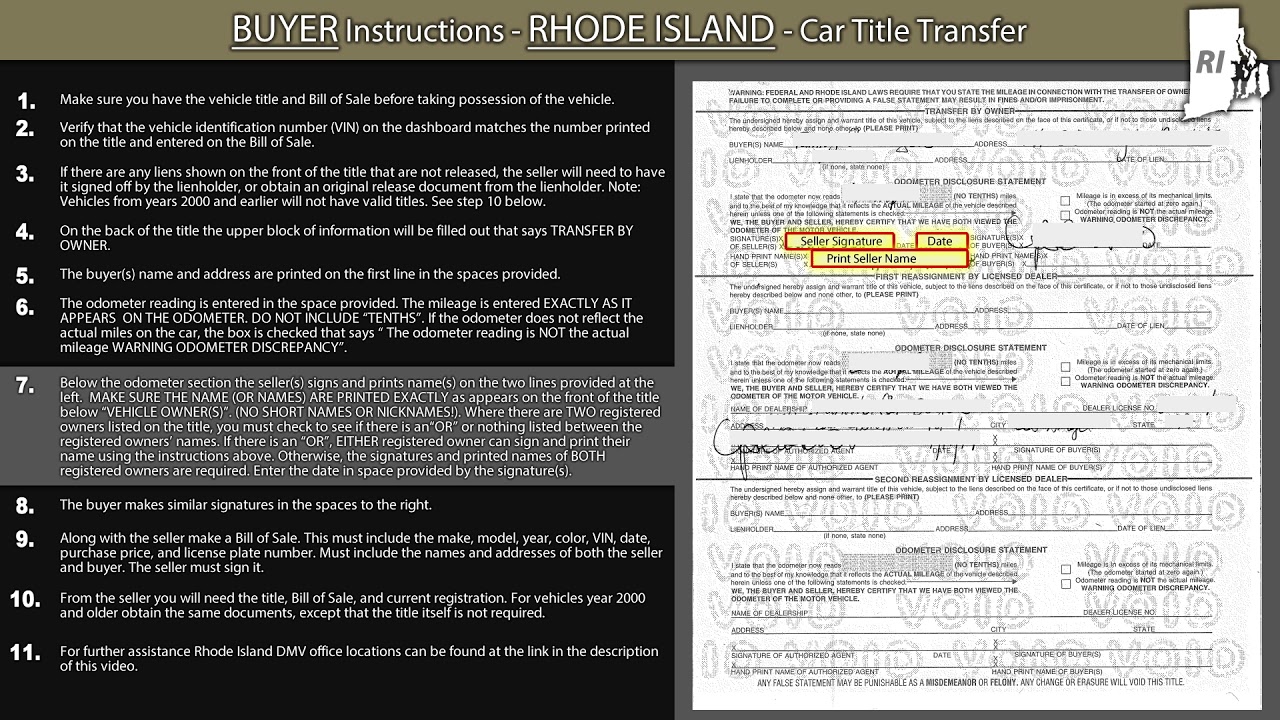Introduction: The geographical location of Rhode Island
Rhode Island, one of the smallest states in the United States, is nestled in the northeastern part of the country. Despite its small size, Rhode Island holds a significant strategic position along the Atlantic coastline. Its location within the New England region grants it unique advantages and connections to major cities and states. Moreover, Rhode Island’s specific location within Narragansett Bay and its proximity to other nearby islands further enhance its geographical significance. In this article, we will explore in detail the location of Rhode Island and how it impacts the state’s climate, terrain, and overall importance.
Discovering the position of Rhode Island in the United States
Rhode Island is situated in the northeastern part of the United States. It is bordered by two neighboring states, Connecticut to the west and Massachusetts to the north and east. The state’s southern border is formed by the Atlantic Ocean, which provides Rhode Island with access to the vast maritime resources and opportunities. With a land area of only 1,214 square miles, Rhode Island may be small in size, but its location within the United States plays a crucial role in its economic and cultural connections.
Rhode Island’s location within the New England region
Located within the New England region, Rhode Island shares a unique cultural and historical heritage with its neighboring states. The New England region consists of six states, including Connecticut, Maine, Massachusetts, New Hampshire, Rhode Island, and Vermont. Rhode Island’s location in this region allows for easy access to the rich history, cultural landmarks, and natural beauty that New England has to offer. The state’s proximity to the region’s major cities and transportation networks further enhances its strategic location.
Understanding the borders that surround Rhode Island
Rhode Island is bounded by several important borders. To the west, the state shares a border with Connecticut, marked by the Pawcatuck River. The northern and eastern borders of Rhode Island are shared with Massachusetts. At its southernmost point, Rhode Island’s border is formed by the Atlantic Ocean. These borders contribute to the state’s unique geography and provide opportunities for maritime trade, tourism, and recreational activities.
Rhode Island’s proximity to major cities and states
Rhode Island’s location within the northeastern part of the United States places it in close proximity to several major cities and states. Boston, the capital of Massachusetts, is just a short drive away, offering easy access to cultural and economic opportunities. Other major cities within a short distance include Providence, the capital of Rhode Island, Hartford in Connecticut, and New Haven. Rhode Island’s location allows residents and visitors to explore the diverse offerings of these nearby metropolitan areas.
Examining the latitude and longitude of Rhode Island
Rhode Island is situated at a latitude of approximately 41.7° N and a longitude of around 71.5° W. This places the state in the northeastern corner of the United States. The latitude indicates its position relative to the equator, while the longitude represents its distance east or west from the Prime Meridian. These coordinates provide a more precise understanding of Rhode Island’s location within the country and its relationship to neighboring states.
Rhode Island’s strategic position along the Atlantic coastline
Rhode Island’s location along the Atlantic coastline is of significant strategic importance. The state’s access to the Atlantic Ocean makes it an ideal location for maritime industries, including fishing, shipping, and tourism. The coastline also offers stunning beaches and coastal landscapes, attracting visitors from near and far. Rhode Island’s strategic position along the coastline contributes to its economic prosperity and cultural diversity.
The island’s specific location within Narragansett Bay
Narragansett Bay, one of the largest estuaries in the United States, lies along Rhode Island’s eastern border. This bay extends deep into the state and plays a crucial role in shaping Rhode Island’s geography and economy. The bay provides a sheltered harbor for boats and ships, making it an ideal location for maritime activities. The cities of Providence, Newport, and Warwick are situated along the bay, benefiting from its natural beauty and economic opportunities.
Rhode Island’s connection to other nearby islands
Rhode Island’s location allows for easy connections to other nearby islands. Block Island, located about 12 miles off the southern coast of the state, is a popular destination known for its picturesque landscapes and relaxed atmosphere. Martha’s Vineyard and Nantucket, two famous islands in Massachusetts, are also within reach from Rhode Island. These islands offer unique experiences and opportunities for tourists and residents alike, further enhancing the state’s appeal and geographical significance.
Exploring the terrain and geography of Rhode Island
Rhode Island’s terrain is characterized by a diverse landscape comprising coastal plains, rolling hills, and fertile valleys. The state is known for its beautiful beaches, such as Narragansett Town Beach and Misquamicut State Beach, which attract visitors during the summer months. Inland, Rhode Island is dotted with picturesque lakes, such as Scituate Reservoir and Worden Pond. The state’s varied geography provides opportunities for outdoor activities, including hiking, boating, and birdwatching.
The impact of Rhode Island’s location on its climate
Rhode Island’s location in the northeastern part of the United States influences its climate. The state experiences a humid continental climate, characterized by hot summers and cold winters. The Atlantic Ocean’s proximity moderates the state’s temperatures, preventing extreme heat or cold. However, Rhode Island is also susceptible to weather patterns influenced by the Atlantic, such as nor’easters and tropical storms. The state’s location contributes to its distinct seasonal changes and weather patterns.
Conclusion: The significance of Rhode Island’s geographical placement
In conclusion, Rhode Island’s geographical location within the United States is a key factor in shaping its identity and significance. Its position within the New England region provides cultural and economic connections to neighboring states. The state’s proximity to major cities, coastal location, and access to nearby islands contribute to its appeal and economic prosperity. Furthermore, Rhode Island’s geography, including Narragansett Bay and diverse terrain, offers unique opportunities for tourism and outdoor activities. Overall, Rhode Island’s location plays a vital role in defining its climate, economy, and cultural heritage.





